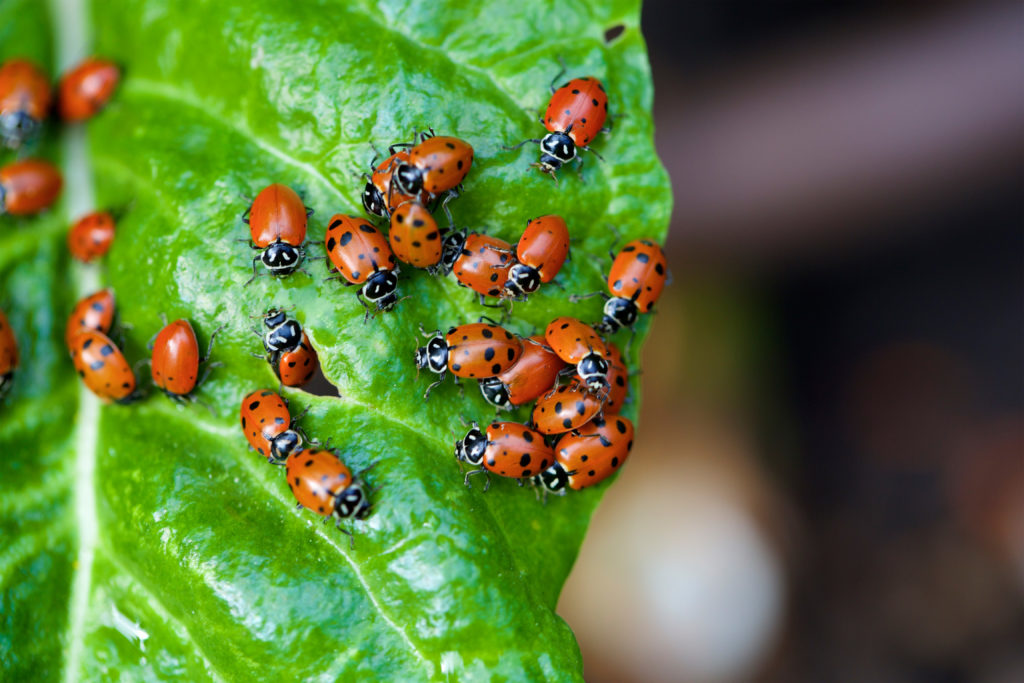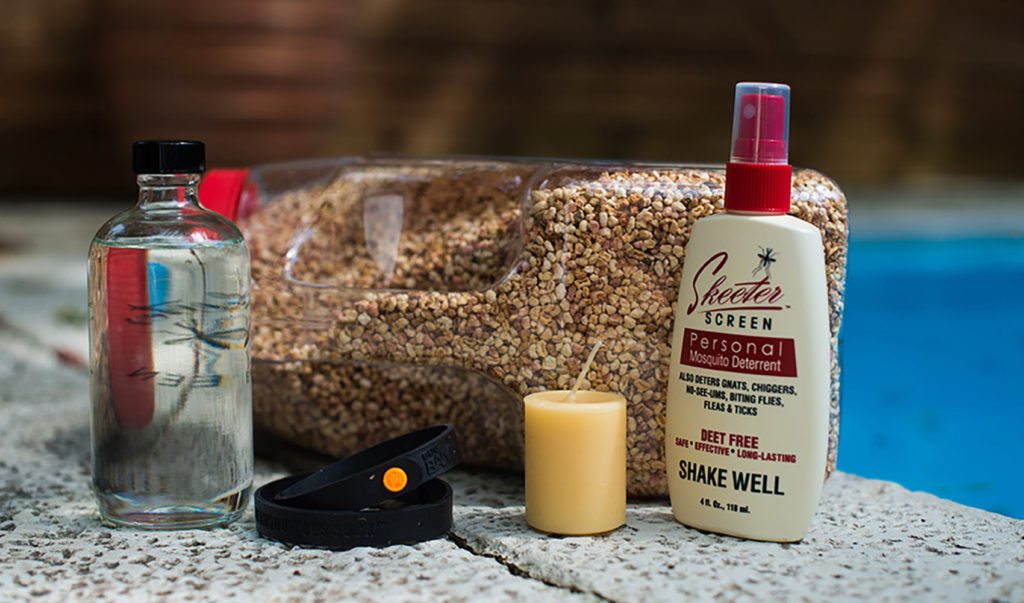The Complete Pest Control Guide
During the peak summer months, Texans mostly retreat indoors. Unfortunately, pests often follow suit. Come July and August, you may find your home harboring an increasing population of bugs and rodents seeking respite from the unrelenting heat. Pest damage can be considerable, with termites eating away at the walls and the possibility of vermin carrying diseases into your home.
The following pest control guides will help you shoo away unwanted summer guests so you can enjoy your home in peace and good health.

Learn Which Critters Are Friend or Foe
While you don’t want any creepy-crawlies in your home, it helps to know which ones pose an actual threat to your health and the fortitude of your home. Some “pests” are not so dangerous and may even offer a few benefits. For example, while silverfish chew through clothing and wallpaper, house centipedes and spiders will snack on ants and cockroaches invading your home.
Secure Your Attic
To you, the attic might be a stuffy purgatory for odd family heirlooms, holiday décor, and camping gear. It’s often out of sight, out of mind. You can go months before discovering an infestation. For birds, raccoons, and mice, your attic is a cozy haven from the elements — and a secure place to breed. Critters can sneak in through small openings and gnaw new ones to tunnel into your walls. Our guide will show you the hot spots to seal off to keep bugs and animals out.

Pest-Proof Your Home
Often, our own bad habits invite unwanted guests into our abode. Grubs hatch underneath flattened cardboard boxes in our garage. We leave our external dryer vent open to nesting mice. We procrastinate replacing ripped window screens and insects buzz right on in. Review the top tips for securing your home’s perimeter in our guide to pest-proofing your space.
Protect Indoor Plants
Indoor plants bring the serenity of nature indoors. They can also bring less-than-Zen insects into your home. This guide offers practical advice for keeping indoor plants thriving and pest-free. For example, it’s best to sequester new plants for a few days and regularly check for insects hiding in the soil or under leaves. Bonus: Learn how to make a DIY insecticidal soap spray with common pantry items.

Try Natural Pest Control Methods
The warnings on commercial pest control products can be frightening — especially if you have a baby crawling around or a puppy who licks crumbs off the floor. Luckily, nuking your home with harsh chemicals is far from the only way to ward off pests. Natural pest control can send bugs packing without endangering your family’s health. Vinegar, for example, repels ants. Likewise, food-grade diatomaceous earth (a powder made from finely ground fossils) is harmless to humans but lethal to cockroaches, bedbugs, mites, and more.
Terminate Termites
According to the Texas Department of Agriculture, termites cause over a billion dollars in damage annually. That’s more than tornadoes, hurricanes, and windstorms combined. Termites chew through your home’s wood siding and support structures and can go unnoticed for a long time before the bugs or their damage become visible. They need standing water to breed, so prevention is mainly centered around moisture control.

Tell Mosquitos to Move On
Mosquitos are a nuisance outdoors. Indoors, they’re downright offensive. While mosquitos are unlikely to breed indoors, they will happily trail you in from the yard, and small openings in windows and dog doors allow them to fly in and out as they please. Worst of all, they can transmit serious viruses, like West Nile, to humans. This no-nonsense guide teaches how to prevent mosquitos from laying eggs in your green spaces.
Crawl spaces are another hot spot for creepy critters — as well as mold and wood rot. Learn how to keep your crawl space in top shape with our crawl space maintenance guide.
© 2024 Texas Farm Bureau Insurance



